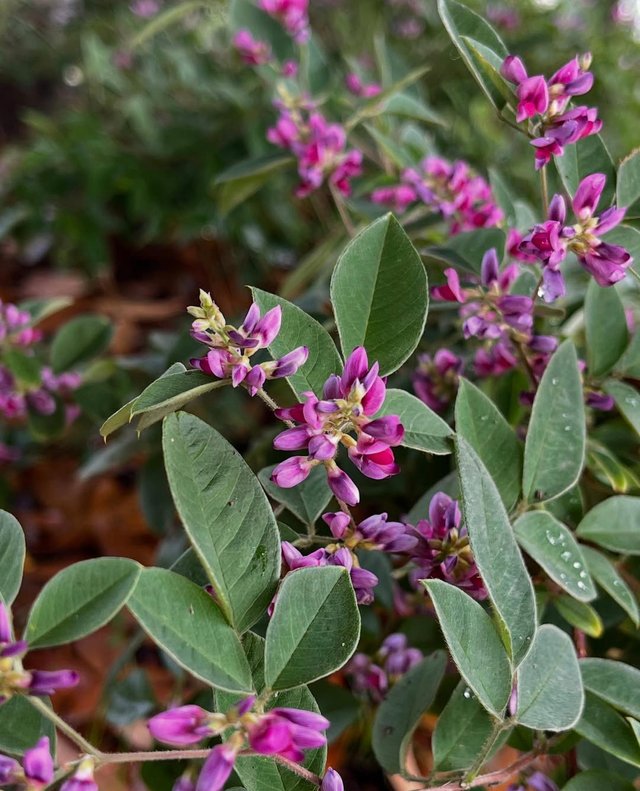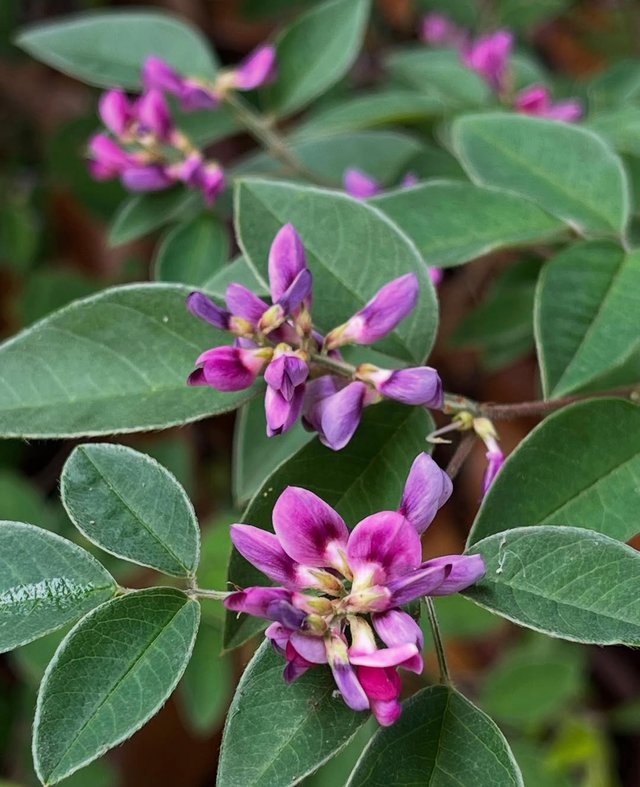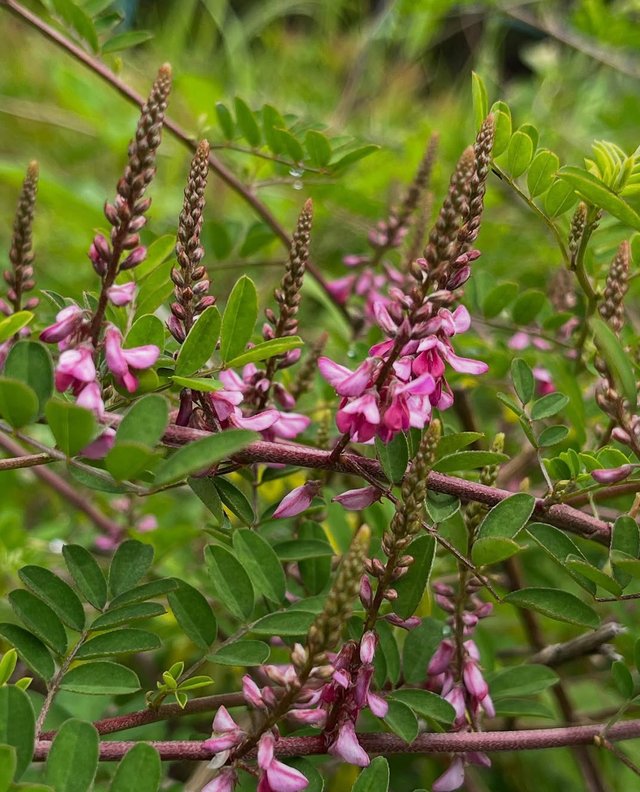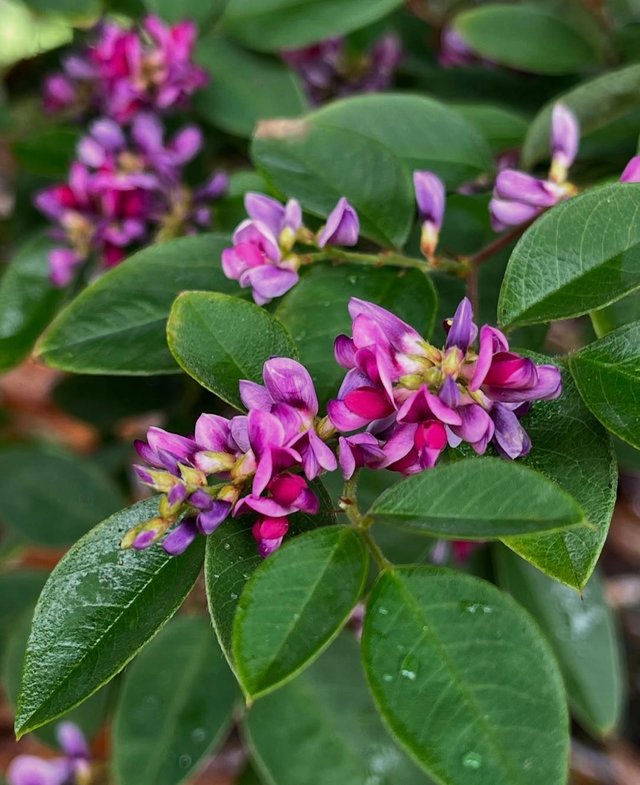



In the world of wildflowers and shrubs, Lespedeza bicolor—often referred to as bicolor lespedeza—stands out as a quiet yet remarkable presence. This hardy, flowering shrub is not only a survivor in tough soils and unpredictable climates, but also a provider of delicate beauty, especially when it erupts into bloom during the late summer and early fall. Native to East Asia and later introduced to other parts of the world, Lespedeza bicolor has a complex history—both admired for its aesthetic and ecological contributions and critiqued for its invasiveness in some regions. At the center of its story lies its most enchanting feature: the flower.
The flowers of Lespedeza bicolor are a true celebration of form and color. Emerging from the arching stems of the shrub from mid to late summer (typically August through October), these blossoms bring life and vibrancy to landscapes when many other flowers are fading.Shape & Structure: The flowers resemble typical pea-like blossoms, a hallmark of the legume family. Each flower has a banner petal, wings, and a keel—a structure well-adapted for pollination by bees.
True to its name “bicolor,” the flowers display two contrasting hues—typically deep pink to purple on the upper banner petal, with lighter pink or white on the lower parts. This two-tone pattern not only adds to its visual charm but also helps guide pollinators to the nectar source.The flowers are small (around 1 cm across) but numerous, forming dense, elongated clusters called racemes. These clusters can appear at the ends of stems or in leaf axils, giving the shrub a lush, dotted appearance.